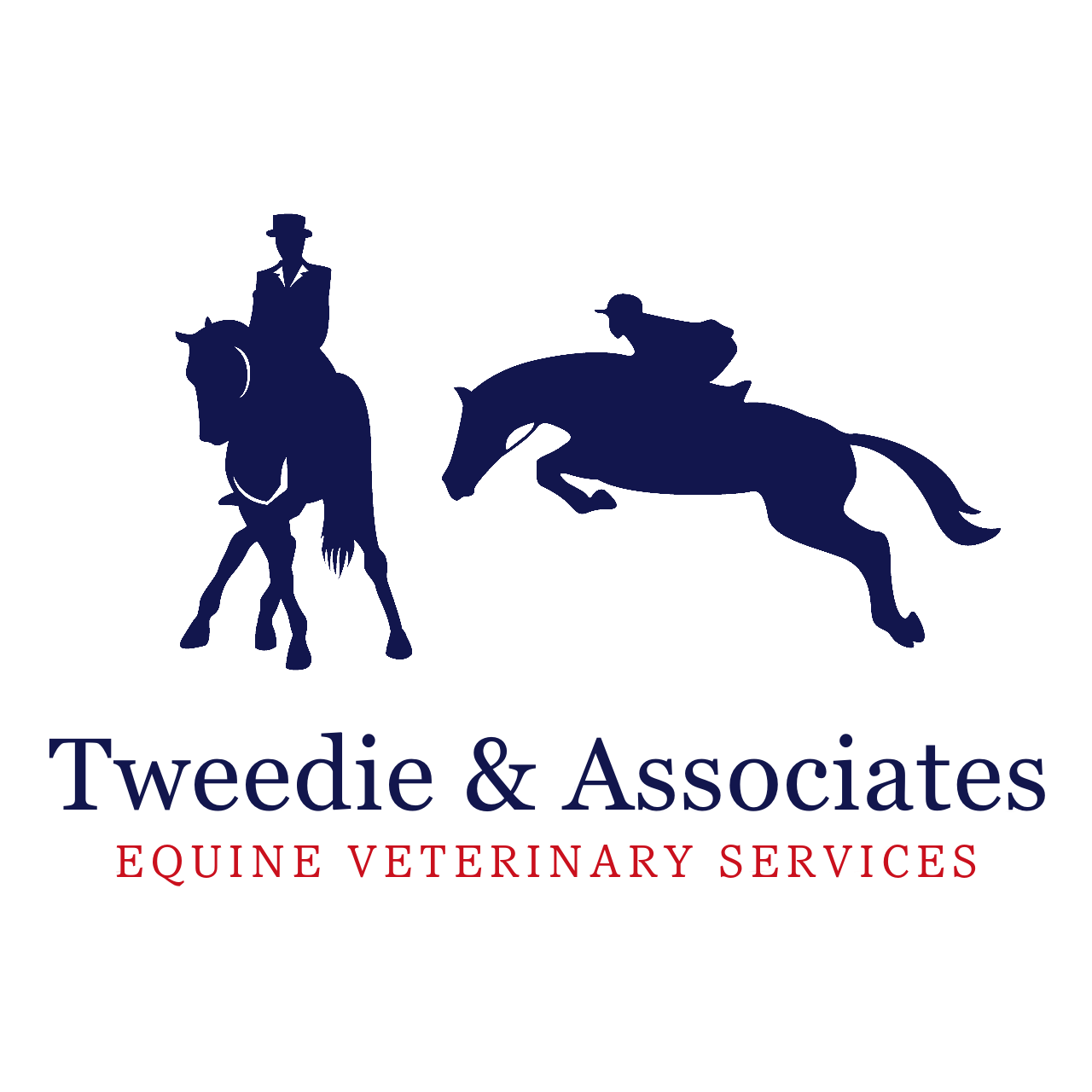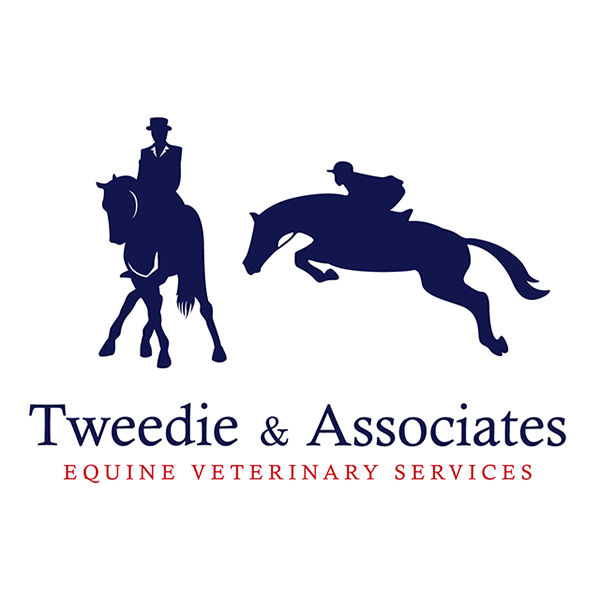
ELECTROCARDIOGRAPHY AND HEART RATE MONITORS
KEY QUESTIONS RELATING TO ELECTROCARDIOGRAPHY (ECG) AND HEART RATE MONITORS (HRMS)
What is an ECG machine?
An ECG machine uses electrodes placed on specific sites on the horse to detect the changes in electrical activity associated with function of the heart muscle. ECG is the gold standard for identifying cardiac arrhythmias in the horse.
Our clinic has a portable, battery powered electrocardiography machine, which enables convenient and fast diagnosis of common cardiac arrhythmias affecting the horse.
When is it useful to obtain an ECG trace?
The combination of history and physical examination with associated clinical findings guide the decision to undertake an ECG examination.
ECG is useful on its own and as part of a complete cardiac workup including full blood work and cardiac troponin concentrations. Referral to an equine medicine specialist for cardiac ultrasound may also be offered and encouraged in specific cases. Our practice has two consultant equine medicine specialists available who can undertake cardiac ultrasound examinations on farm.
What is the difference between ECG and a heart rate monitor?
The HRM is useful in the horse for monitoring heart rate and rhythm and is particularly useful during work for monitoring the response to exercise and training. Assessment of the heart rate during exercise provides information regarding fitness and intensity of exercise, and may also provide an early indication of disease.
HRMs are reasonably priced and user friendly. The HRM electrodes are placed on the left side of the chest, under the saddle as well as under the girth over the left side of the heart. We apply electrode gel under the electrode to ensure good electrical contact with the skin. Good electrical contact facilitates a good trace.
The HRM system chosen by our practice links to a global positioning system (GPS). Linking to a GPS allows heart rate and speed to be measured concurrently.
How does the heart work and how is heart rate relevant to fitness?
The equine heart is an enormous, muscular pump that takes water and oxygen to the working muscles and carries away carbon dioxide and metabolic waste products. The heart mass in thoroughbred horses is about 1 percent of body weight. In fact, there are definite breed dispositions for heart mass to body weight ratios. Racehorses have a relative heart mass of 0.86 compared to draft horses who have a relative heart mass of 0.62!
Oxygen is carried to working muscles by the hemoglobin in red blood cells. The horse is specially adapted to provide working muscles with extra oxygen during exercise because horses store extra red blood cells in their spleen, which contracts in response to fear or exercise and adds additional red blood cells to the circulation. In effect, this means that horses have a high maximal oxygen consumption rates during exercise, compared to other species.
Heart rate measurements during exercise are used to measure fitness and describe the intensity of a given horses workload. So, what makes heart rates relevant to fitness?
There is a direct relationship between the heart rate of a horse and it’s cardiac output. However, heart rate is not the only factor contributing to cardiac output. Stroke volume also contributes and the relationship is shown in this simple equation, HR x SV = CO. Stroke volume is the volume of blood ejected from the heart with each contraction. Cardiac output is the volume of blood ejected out of the heart each minute. In turn, oxygen uptake by muscles is directly related to cardiac output.
How does training affect heart rate and stroke volume?
Stroke volume increases in response to training. This is likely due, at least in part to increases in plasma (a component of blood) volume in response to training.
When we look at training in relation to heart rates, we think about a few different concepts. One is the concept of a maximal heart rate. Another is the concept of V200. This is the velocity (speed) of exercise at which the heart rate is 200 beats/min. Maximal heart rates are usually between 210 and 240 beats/min and each horse has its own intrinsic maximal heart rate. However, the maximal heart rate is not a good measure of fitness, because it is not affected by training. Instead, we use the V200 because this will increase as the horse gains fitness. In effect, this means that as the horse becomes more fit, it will be able to exercise at a faster speed before it’s heart rate reaches 200 beats/min.
The V200 is a very good guide for comparing the fitness of an individual horse with itself over time. However, it is not as useful for comparing fitness between individual horses. This is because maximal heart rates can vary between individual animals. So, when a horse with a maximal heart rate of 220 is exercising with a heart rate of 200 beats/min, it is exercising at 90% of its maximal heart rate. However, when a horse with a maximal heart rate of 240 beats/min is exercising with a heart rate of 200 beats/min, it is exercising at 83% of is maximal heart rate. The result is that the relative intensity of this work would be quite different for these two horses.
Does maximum heart rate change with training?
No, the maximum heart rate does not change with training. Each horse has it’s own intrinsic maximum heart rate. What does change with training, is the velocity at which a heart rate is reached. Basically, as the horse increases it’s fitness, the speed at which the horse is travelling when a specific heart rate is reached will increase.
What are the most important pieces of information that we look for when interpreting a trace from a HRM?
The main things we look at when interpreting a trace from an HRM are V200, maximum heart rate, the speed at which the horse reaches maximum heart rate and heart rate recovery after cessation of exercise. We also look at any abnormal heart rate responses to exercise such as abnormally high submaximal heart rates, abnormally high maximum heart rates and abnormally high or prolonged heart rates in recovery.
I am a racehorse trainer and I would like to know more about using HRM as a training and diagnostic tool in my stable.
To discuss the use of HRM in your stable, please contact Dr Mike Tweedie.
An Exercising ECG
Looking at the heart under stress is so important when assessing for any potential Heart Issues.
We always aim, to discuss all the options available to you and your horse at every step of the way. We will offer our opinion to help you in your decision making process. We encourage all our clients to communicate with us and if you have a question or a concern we are always happy to discuss your case further.
Book Appointment
info@tevs.com.au
03 59775250
Somerville, Victoria

